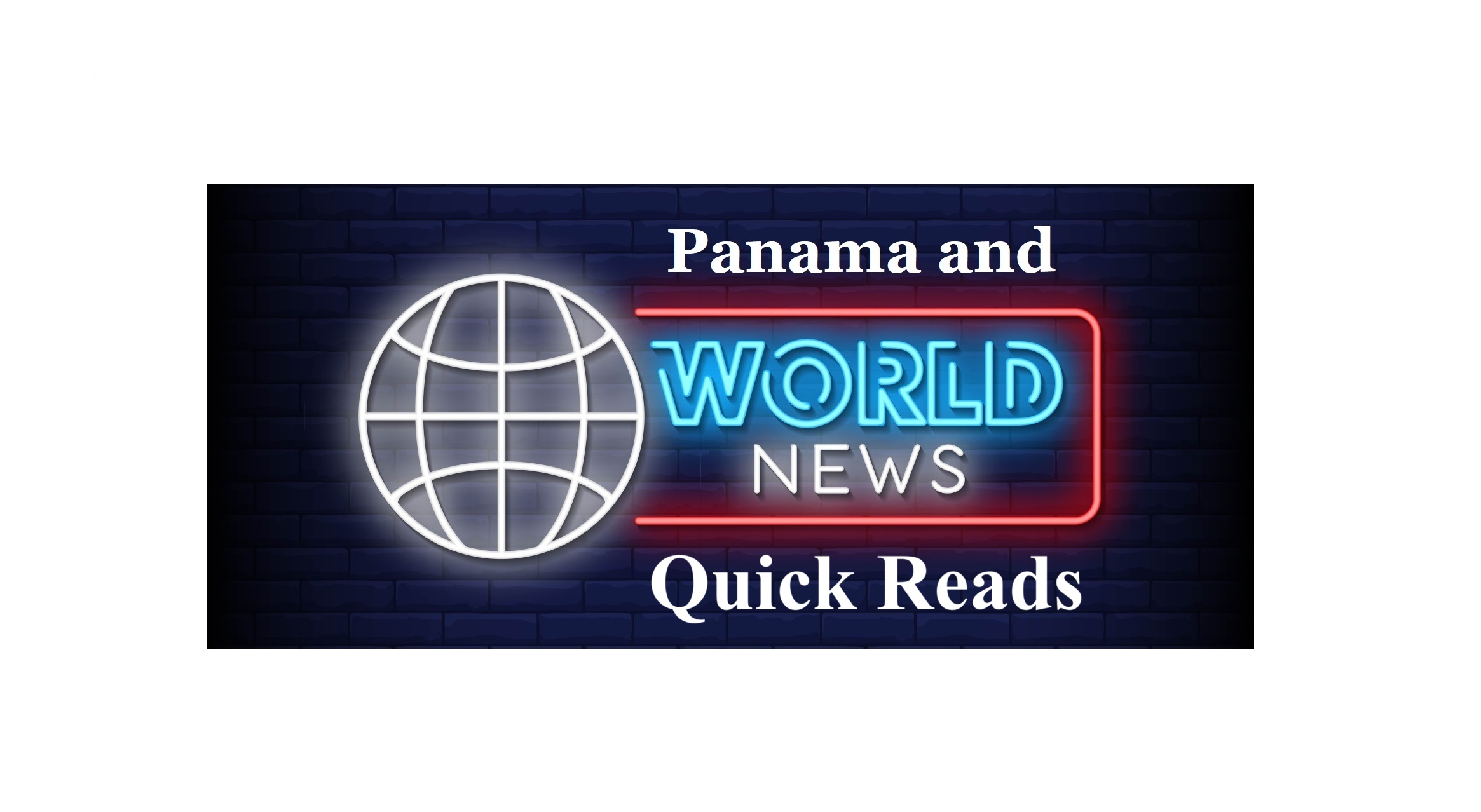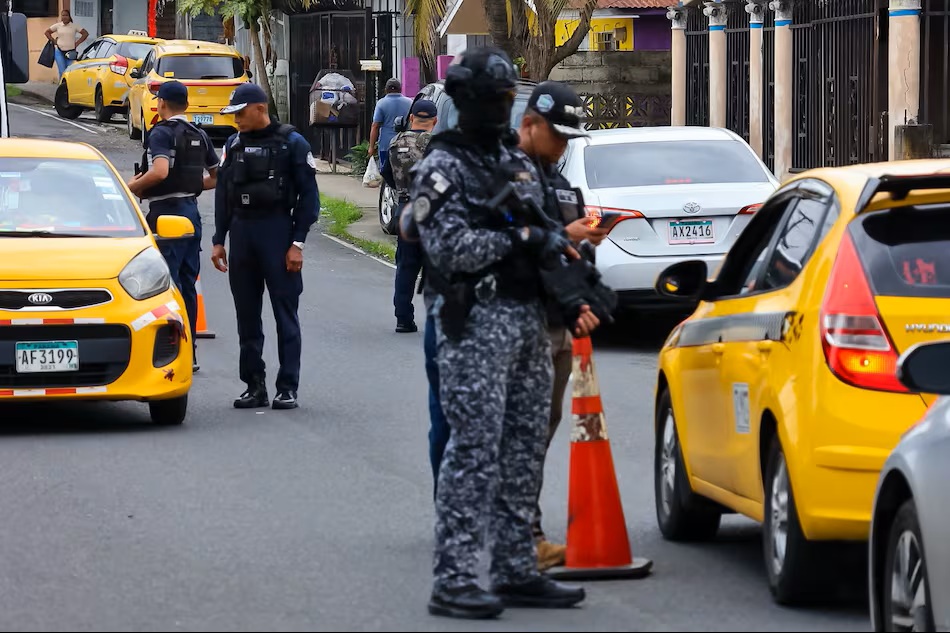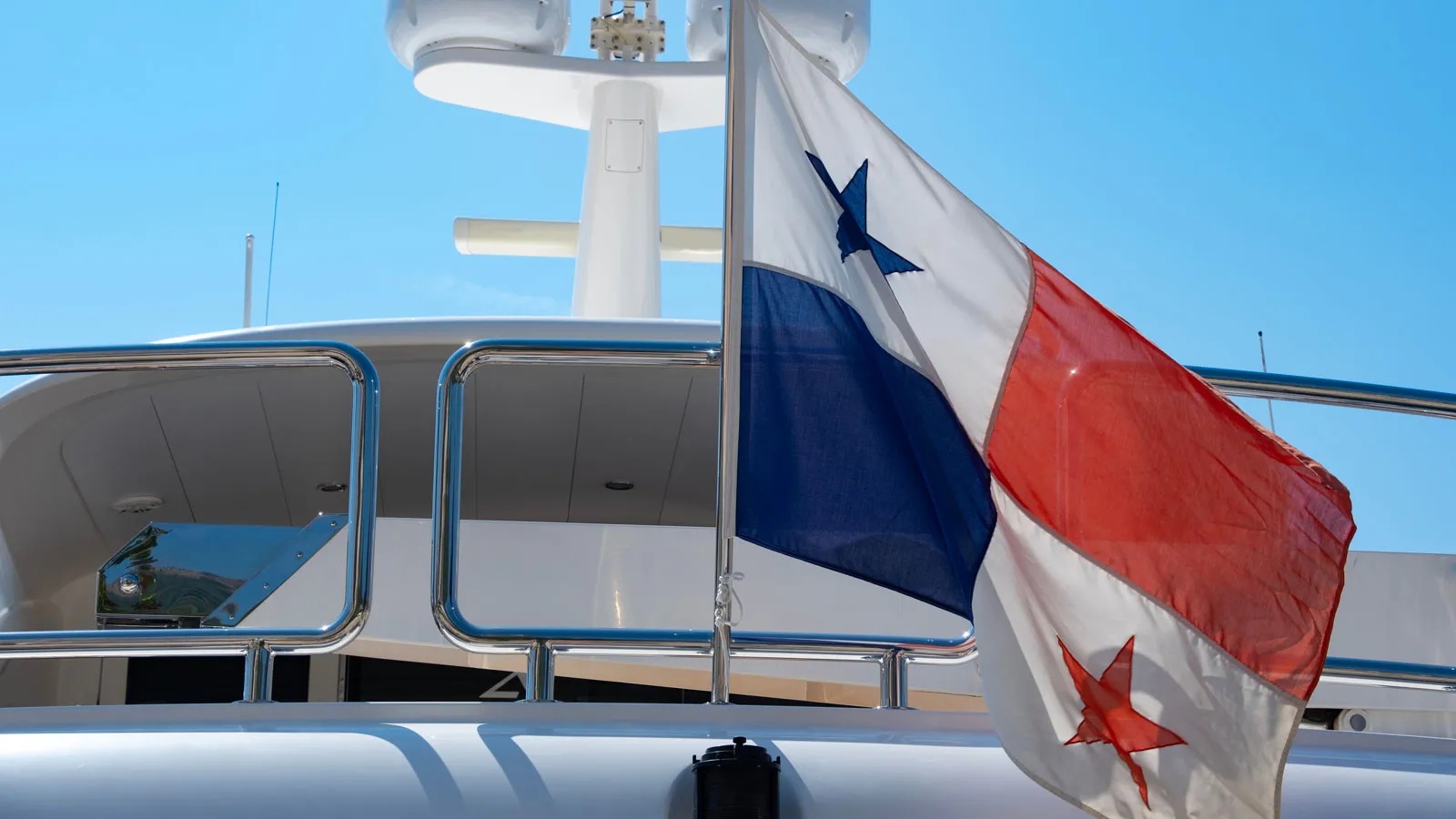The World’s Eyes are Focused on the Panama Canal
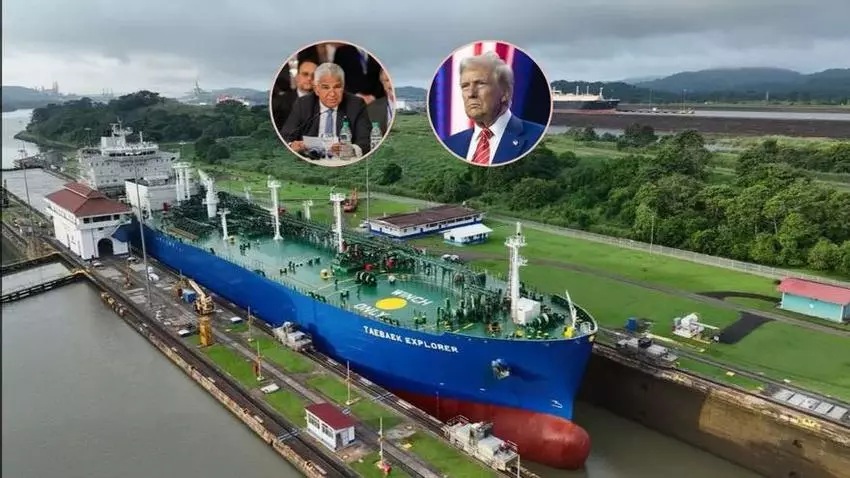
There is an adage “nothing happens in a vacuum” and that is particularly true of strategic waterways like the Panama Canal. The Trump Administration’s pressuring of Panama to sell the two container terminals at each end of the Panama Canal owned by Panama Ports Company, a subsidiary of the Hong Kong owned CK Hutchinson Holdings, to U.S. interests, has sent ripples around the world. In one sense it is simply another facet of the ongoing global competition between the U.S. and China. But beyond the obvious struggle between the two powers for influence over the Panama Canal, how will this competition impact other Latin American nations — is this a Latin American policy dry run for the Trump Administration’s “America First” foreign policy or something else altogether? However, Panama, with its outsized influence on global affairs due to the strategic role of the Panama Canal, is now caught in the middle of the China-U.S. arm wrestling rivalry.
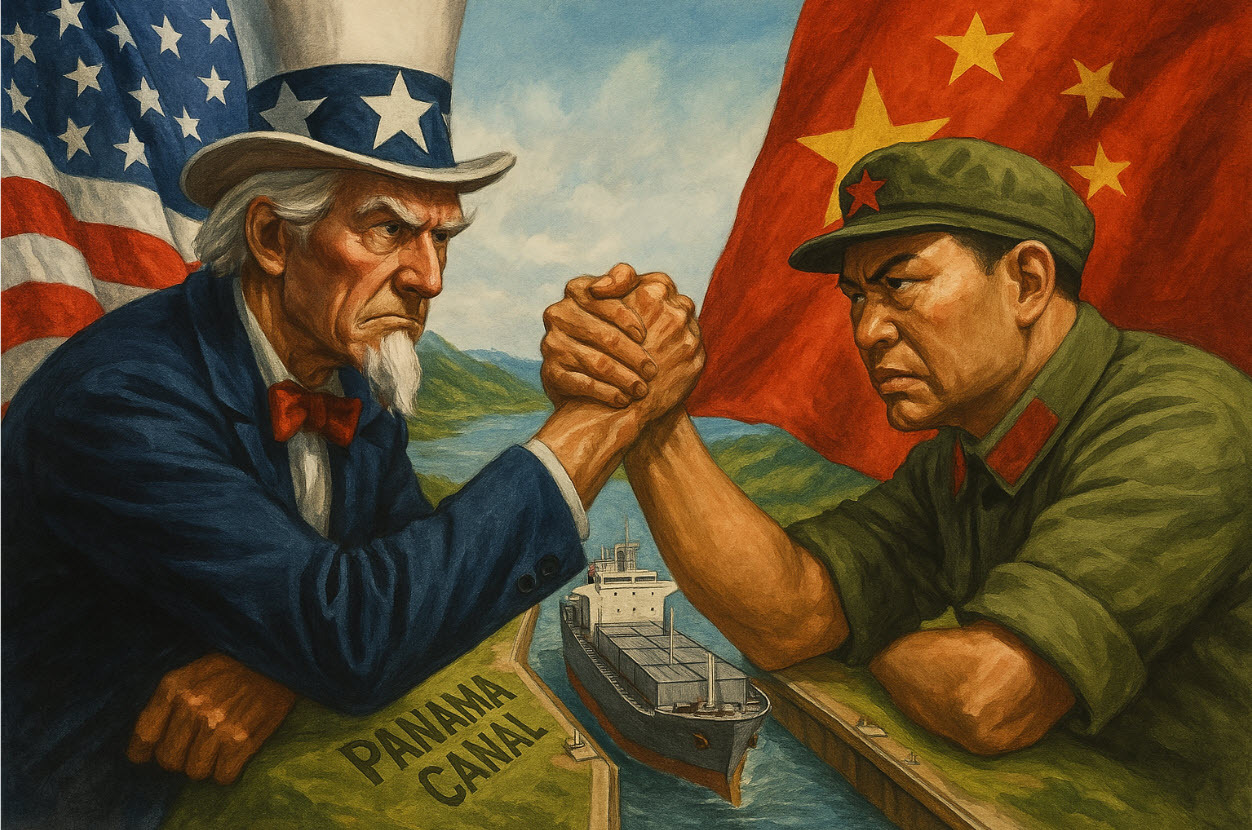
Panama and the Canal
It is hard to think of Panama without thinking of the Panama Canal. The country has an $87.3 billion economy which makes it the 12th largest economy in Latin America and the Caribbean. Even more impressively Panama has a 2025 projected per capita GDP of $20,092 which ranks around third for the region. Much of this economic success is due to the Panama Canal. It is estimated that the canal accounts for an estimated 10%-12% of the country’s overall GDP. And the revenue has been indispensable to the country. For example, even in FY 2023 during the drought period, the revenue was $4.968 billion and contributed a whopping $2.545 billion directly to the Panama treasury.
But the Panama Canal has had its share of challenges. On one hand the canal has had to expand to keep up with the increasing size of vessels. This is particularly true for containerships. A decade ago, a 10,000 TEU containership was considered large and today the average line haul containership calling on the US East Coast is around 16,200 TEUs. This size ship needs to use the Panama Canal to reach Asia. A neopanamax containership, the largest size that can pass through the canal, is around 1,200 feet long and 167 feet wide with a capacity of about 17,000 TEUs. And while the expansion of the canal has enabled larger containerships to transit, many container ships are now over 20,000 TEUs.
The canal also has been plagued by ongoing periods of low water, the result of droughts, which strangles capacity. The Gatun and Alajuela Lakes need to provide 52,000,000 gallons of fresh water for a single ship’s transit and the Panama Canal Authority’s target is 36 transiting ships per day. There are plans for a new reservoir to help relieve these problems. The proposed Rio Indio reservoir project is forecast to secure the Canal’s freshwater needs for the next half century at a cost of around $1.2 billion plus an additional $400 million in investments in neighboring communities. These are big investments for Panama which makes the decisions on the Panama Canal even more critical in the context of the U.S. and China rivalry.
Panama Canal’s Importance to the U.S.
The importance of the Panama Canal to U.S. commerce is undeniable. In terms of destination and origin, the U.S. accounted for nearly 208.8 million long tons of Panama Canal freight – easily making the US the number 1 partner. In comparison, China was a distant number 2 at 64.4 million long tons. Most of the attention has been focused on the movement of containerships though the waterway, and the Panama Canal has been a key transit lane for petroleum products, particularly LNG carriers moving from U.S. Gulf ports to Asia.
But aside from the commercial aspects, there is a lingering belief among some groups in the U.S. that control over the Canal should not have been relinquished — that the strategic nature of the Canal and the investment made by the U.S. made the Canal too valuable an asset to lose. In 1977, then President Carter signed a treaty with Panama in which the U.S. would relinquish gradual control over the Panama Canal. Panama gained full control over the canal on January 1st, 2000.
And a little over 25 years later, on March 5th, 2025, President Donald Trump said in an address to a joint session of Congress it was his intention to reclaim the Panama Canal, saying, “We’re taking it back.” The pressure triggered CK Hutchinson Holdings into a sale of the company’s global terminals to a consortium led by Blackrock and TiL (MSC’s terminal company) for $22.8 billion. Beijing subsequently balked at the deal as many of the terminals were located in China or competing with Chinese interests.
At this writing of the prospective sale of the terminals, a new offer has emerged for CK Hutchison’s port portfolio which would see MSC’s Til acquire 41 terminals, while U.S. based BlackRock takes control of two key Panama Canal ports. Under the proposed deal, BlackRock Inc. and its infrastructure division, Global Infrastructure Partners (GIP), will jointly acquire two terminals located at the Atlantic and Pacific entrances to the Panama Canal, where it will hold a 51% stake, while TiL will retain the remaining 49% ownership in those assets. MSC would emerge from the deal as the world’s largest terminal operator as well as the world’s largest containership operator.
Latin America Recalibration
In an article in Americas Quarterly, by Brenda Estefan, she wrote, “The initial display of Donald Trump’s “America First” foreign policy bore almost instant fruit in March in Panama. Following a visit by U.S. Secretary of State Marco Rubio, President José Raúl Mulino announced Panama’s withdrawal from China’s Belt and Road Initiative.” But the Panama Canal saga might well be just the opening chapter in a much larger volume. Not every country in Latin America would be as willing to adjust their relationship with China — which in recent years has become both the largest trade partner and investor in their economies.


